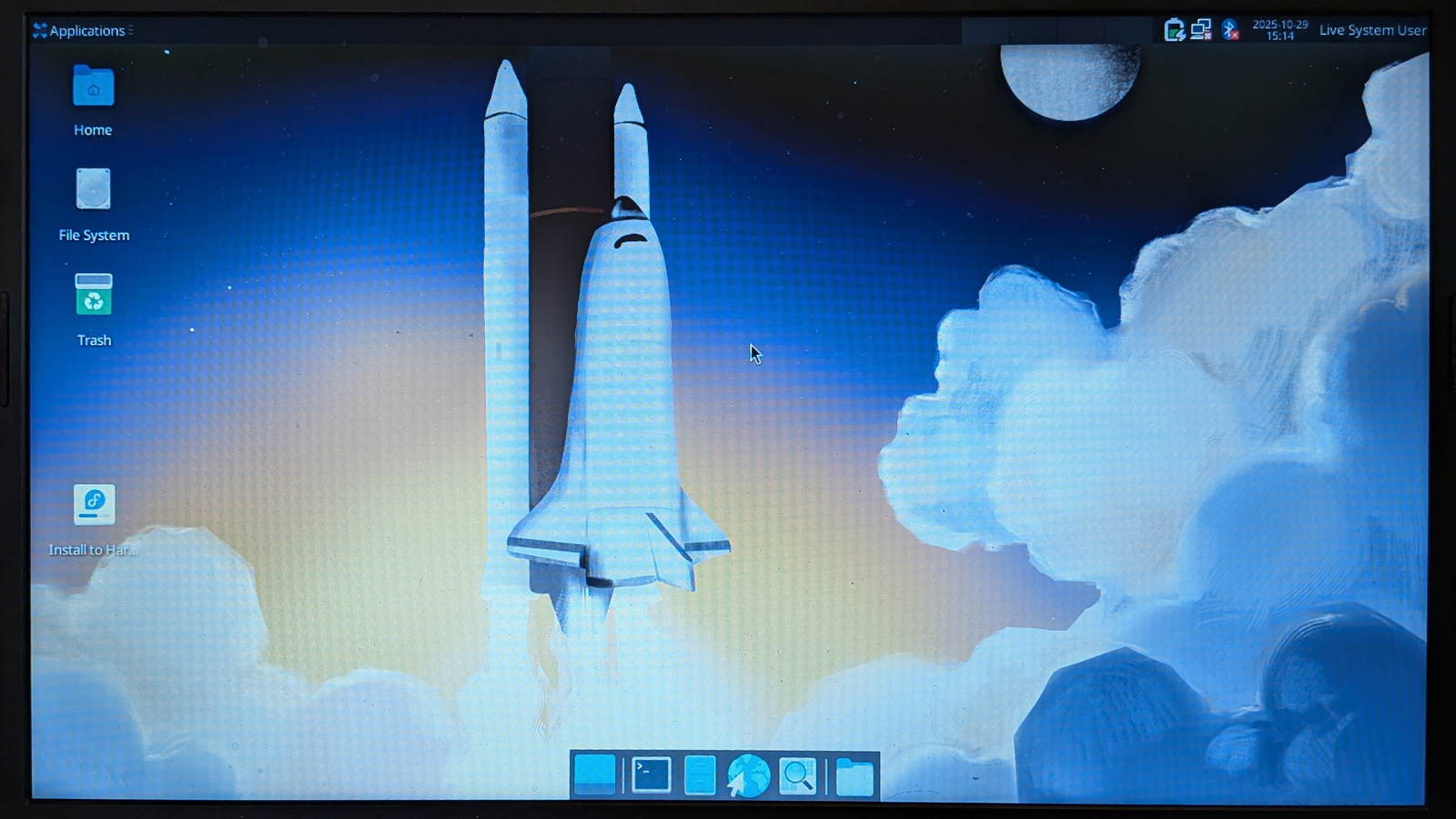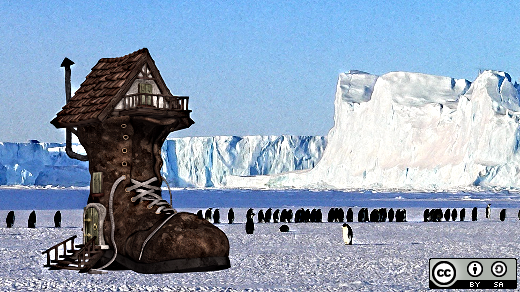
Installing Fedora 43 Xfce
I’m a longtime Linux user, since 1993. I’ve run Fedora Linux since the beginning of the project, starting with Fedora Core 1 in 2003, and I have upgraded to each version of Fedora since then. So it’s not a surprise that I was excited for the new Fedora 43, which came out a few days ago.
Download and install
You can download the latest version of Fedora Linux from the Fedora Project website. They provide a variety of installers that you can use, including for desktop users and servers in data centers. The “Fedora Workstation” is aimed at desktop users, and uses the familiar GNOME interface. There’s also a “Fedora KDE Plasma” version for desktop users who prefer KDE instead.
For the last several years, I have used the Xfce desktop. This is a standards-based desktop that runs all of the GNOME and KDE applications, and is very customizable. For example, you can easily select a “theme” that makes Xfce look like Windows, Mac, GNOME, or other desktop interfaces. You can find Fedora Xfce under the “Spins” category, linked at the bottom of the Fedora website, or more directly at the Fedora Xfce “Spin” page.
Use the “Download Now” button to download the Fedora Xfce installer as an ISO image, which you can turn into a bootable USB installer using the Fedora Media Writer app:

Installing Fedora Xfce was a breeze. It actually took more time for me to backup my data than it did to install Fedora 43. To install, I just booted my computer with the USB installer, then launched the install app. The installer is a series of six steps; after selecting the preferred language, the installer walked me through the “installation method” where I let it use the entire disk.
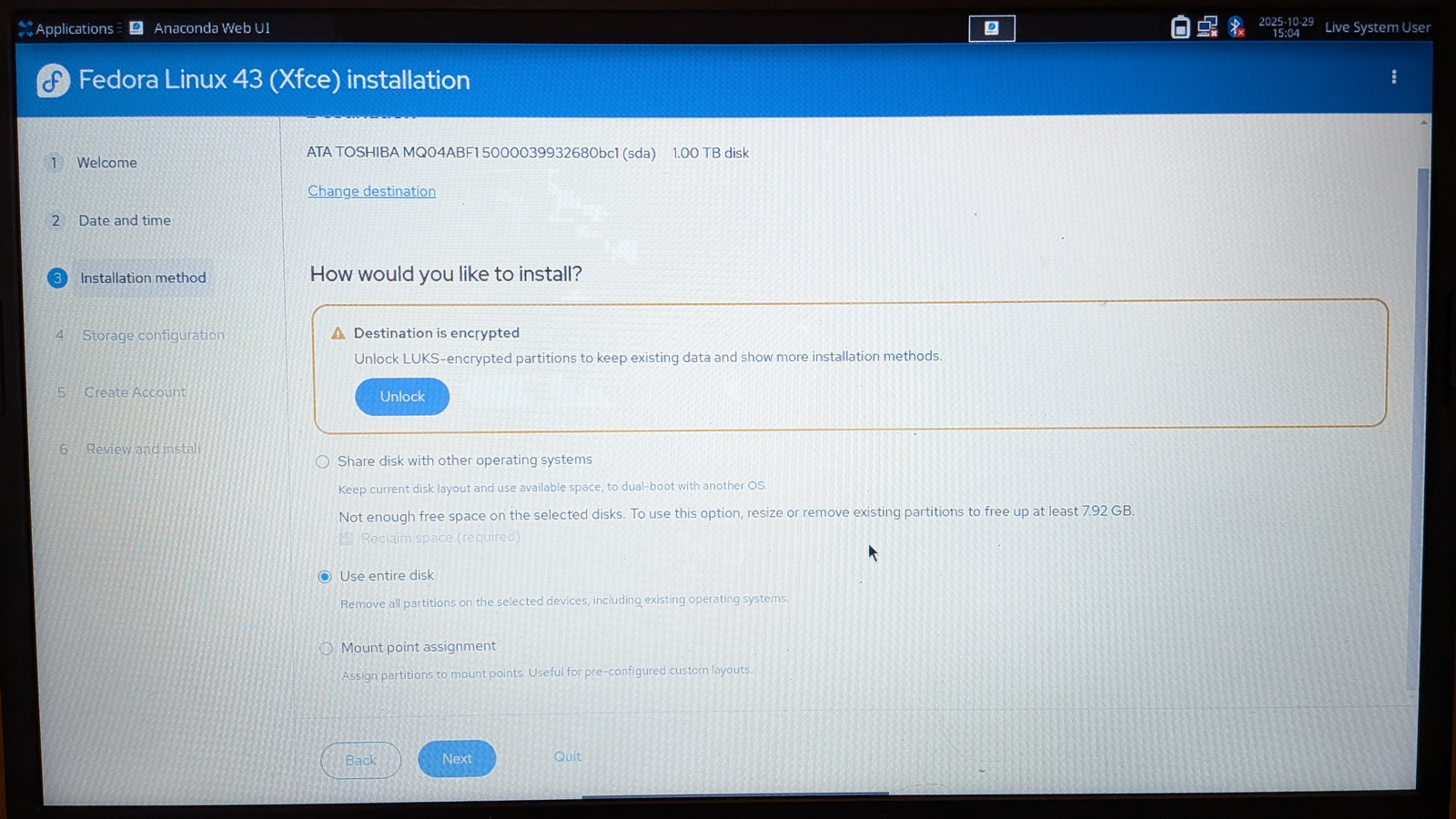
The next screen asks if the disk should be encrypted. I prefer this option, to keep my data safe. Just enter the passphrase that you want to use to encrypt the volume. Make this something long and easy to remember.

After creating an account and verifying the installation options, the installer can do the rest on its own. This process doesn’t take very long. Installing Fedora 43 Xfce took less than 10 minutes—and this machine isn’t all that fast. I installed Fedora 43 on a 5-year old Lenovo IdeaPad that a family member gave to me because it doesn’t support Windows 11:
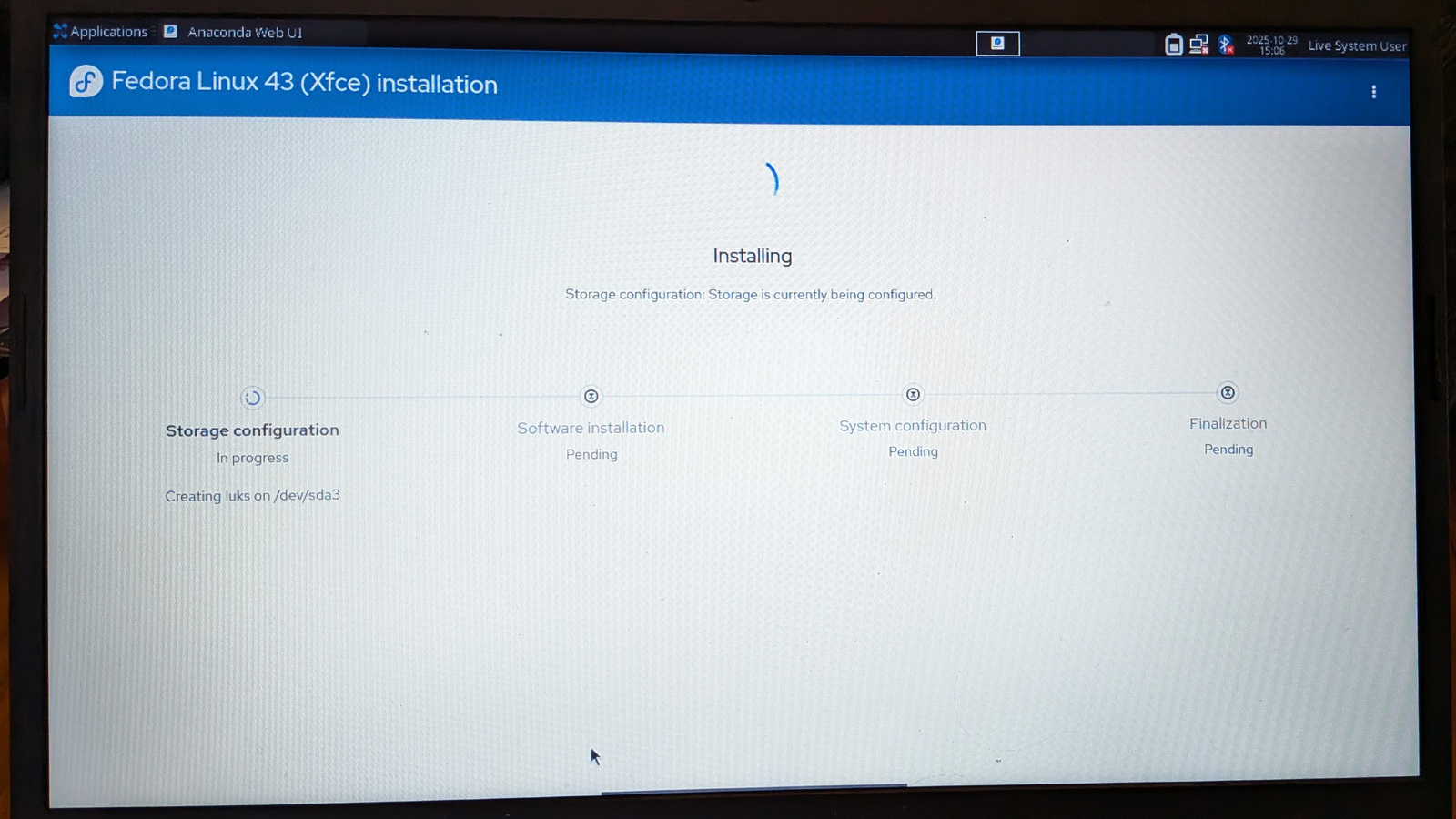
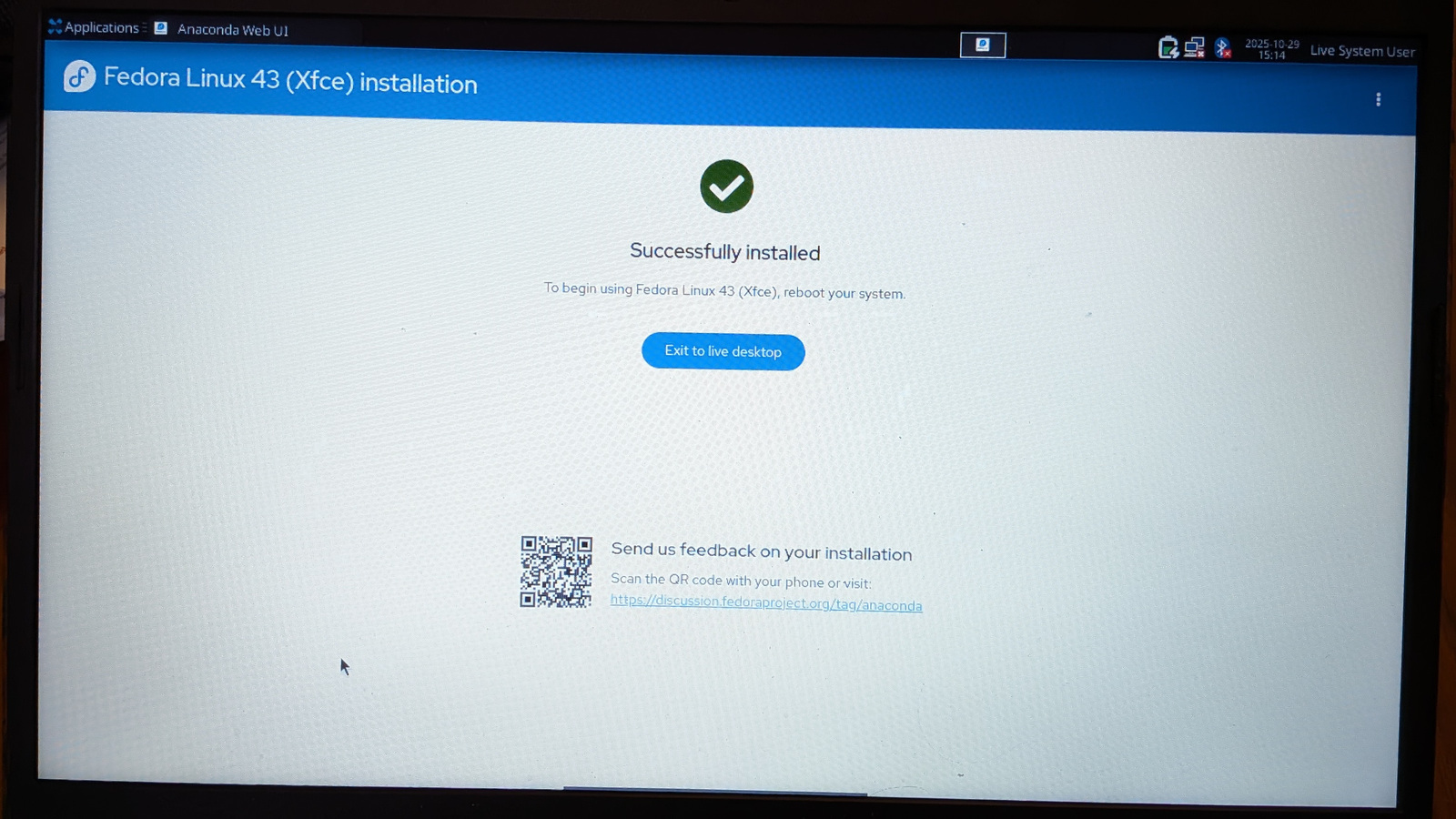
Fedora Xfce for the win
I love Fedora Xfce. The desktop is sleek and modern, and very fast. It also happens to require very few resources, so it runs well on older systems with less memory. But above all, Xfce supports desktop standards so it runs all the software that I need for my work, including Google Chrome, Microsoft Visual Studio Code, Oxygen XML, and Zoom. Learn more about Xfce at the Xfce website.
